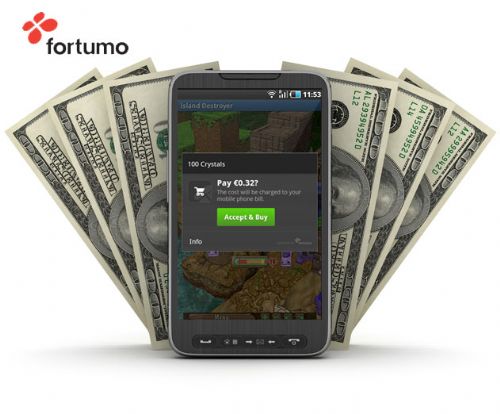 During the past couple of years, there’s been a welcome shift in the Indian game industry: companies have started to create their own games rather than doing outsourced work for Western publishers. The biggest highlight for 2014 has probably been Octro’s $15M funding – this signals not only an increase in quality in the ecosystem but also motivates other companies to push themselves harder in creating games with excellent gameplay, and is also a strong monetisation strategy.
During the past couple of years, there’s been a welcome shift in the Indian game industry: companies have started to create their own games rather than doing outsourced work for Western publishers. The biggest highlight for 2014 has probably been Octro’s $15M funding – this signals not only an increase in quality in the ecosystem but also motivates other companies to push themselves harder in creating games with excellent gameplay, and is also a strong monetisation strategy.
However, a lot of challenges still remain for the Indian game development industry. Gamers are willing to spend very little money in India and low ARPU means, developers focusing only on the local market are having a hard time competing with foreign games. Recent data from App Annie painfully illustrates this issue – India is the third biggest country for downloads on Google Play, but lacks meaningful revenue.
Even as India is becoming the biggest smartphone market in the world, changing user spending habits takes time. Indian developers should therefore also look into other markets and try to become international. This is not to say India does not have potential for developers. It’s simply that in order to compete with developers from other countries, expansion and additional revenue give better chances to hold ground in India as well. But where to expand?
It makes sense to look at markets where Indian games have an advantage over others. Here two key regions stand out: the rest of Asia and countries with a large Indian population.
Asia is an obvious choice since it is geographically and culturally close – and happens also to be the largest gaming market in the world ($17.8 billion annual revenue in 2014 according to SuperDataResearch). Even though Chinese developers have already begun expanding here, the language & culture barrier still gives Indians an advantage: especially in markets like Pakistan, Singapore and the Philippines where English is a widely spoken language.
 The other choice of going after Indians in markets like the UK, Malaysia and Saudi Arabia would enable a quicker transition to expansion for those developers who have built their games around content specific to India (astrology, Bollywood, cricket etc.). These types of games and apps are not built by anyone else in the world.
The other choice of going after Indians in markets like the UK, Malaysia and Saudi Arabia would enable a quicker transition to expansion for those developers who have built their games around content specific to India (astrology, Bollywood, cricket etc.). These types of games and apps are not built by anyone else in the world.
Another opportunity for growth that came as learning is to look at additional distribution channels on Android. Chinese app stores are currently aggressively expanding in the south-east Asian region, as well as inside China. Having recently attended GMIC Bangalore, it was interesting to note that the biggest sponsors of the event were Chinese companies, including two app stores (Mobogenie and UCWeb). As Chinese companies are taking a bigger interest towards the Indian market, so too should Indian developers look at Chinese distribution channels which are now rolling out into other countries.
As noted earlier, monetisation remains a challenge in India and other markets with low credit card ownership. Our goal at Fortumo is to solve this issue for developers by enabling payments from users without credit cards. During the next year, a larger amount of developer revenue will be coming from carrier billing as the Chinese app stores, but also Google Play and Windows Phone Store are rolling out coverage for this billing method in more countries. Mobile payments used to be a simple technology for simple VAS content, but have now become ubiquitous with revenue in emerging markets.
Finally, collaboration inside the gaming industry needs to grow. NASSCOM has done a great job growing the community and encouraging people to launch their start-ups. Creating a common pool of resources for the Indian gaming industry will enable faster growth than everyone fighting for themselves.
(These are purely personal views of Fortumo – Country Manager (India) & BD Head (South Asia) – Sanjay Sinha and AnimationXpress.com does not subscribe to these views)
